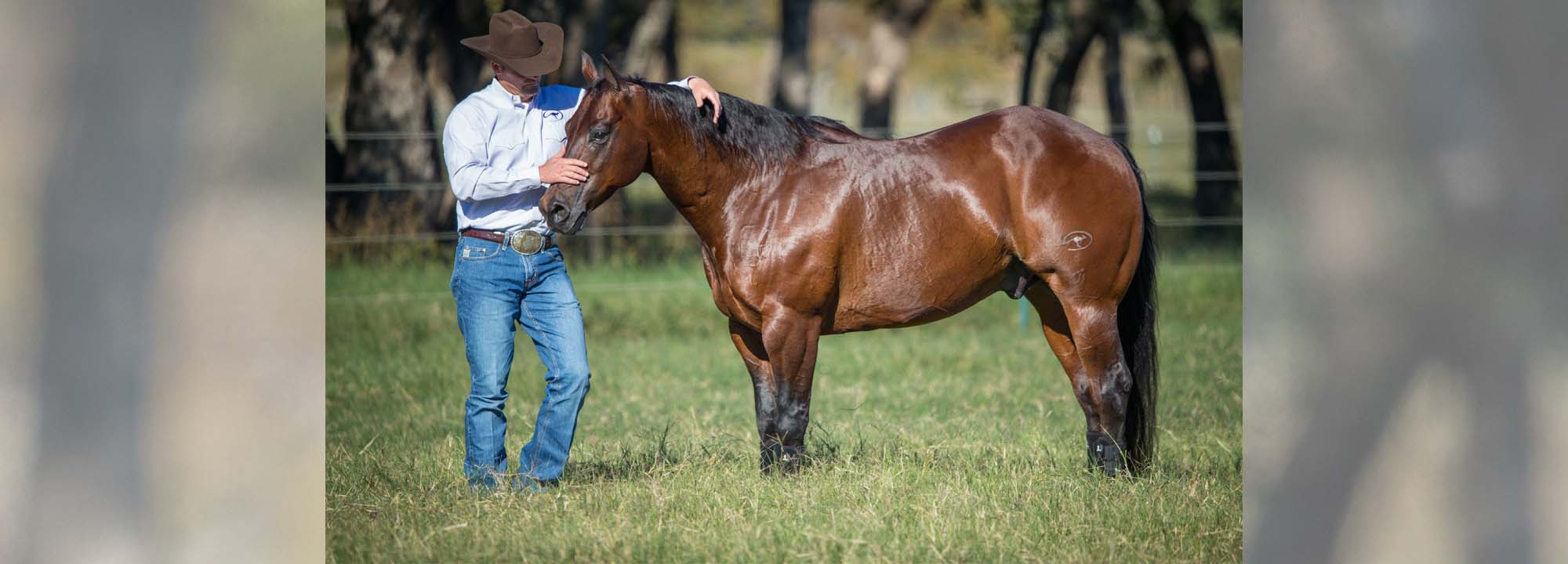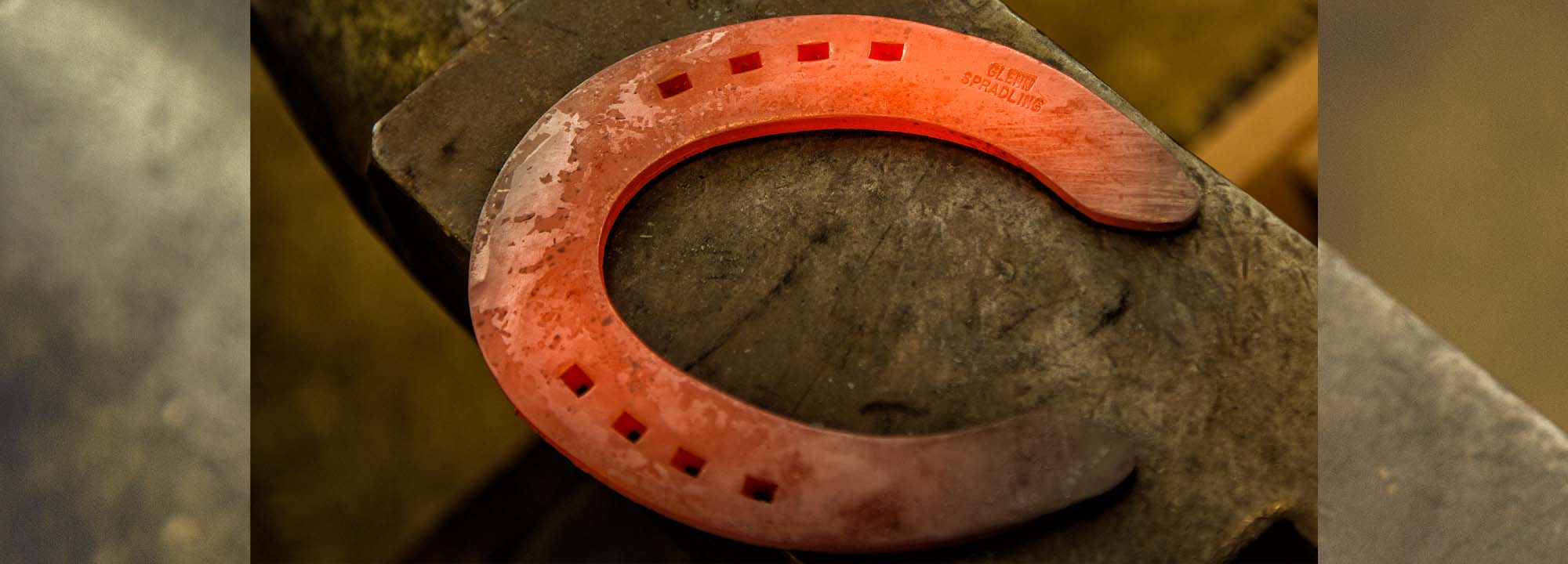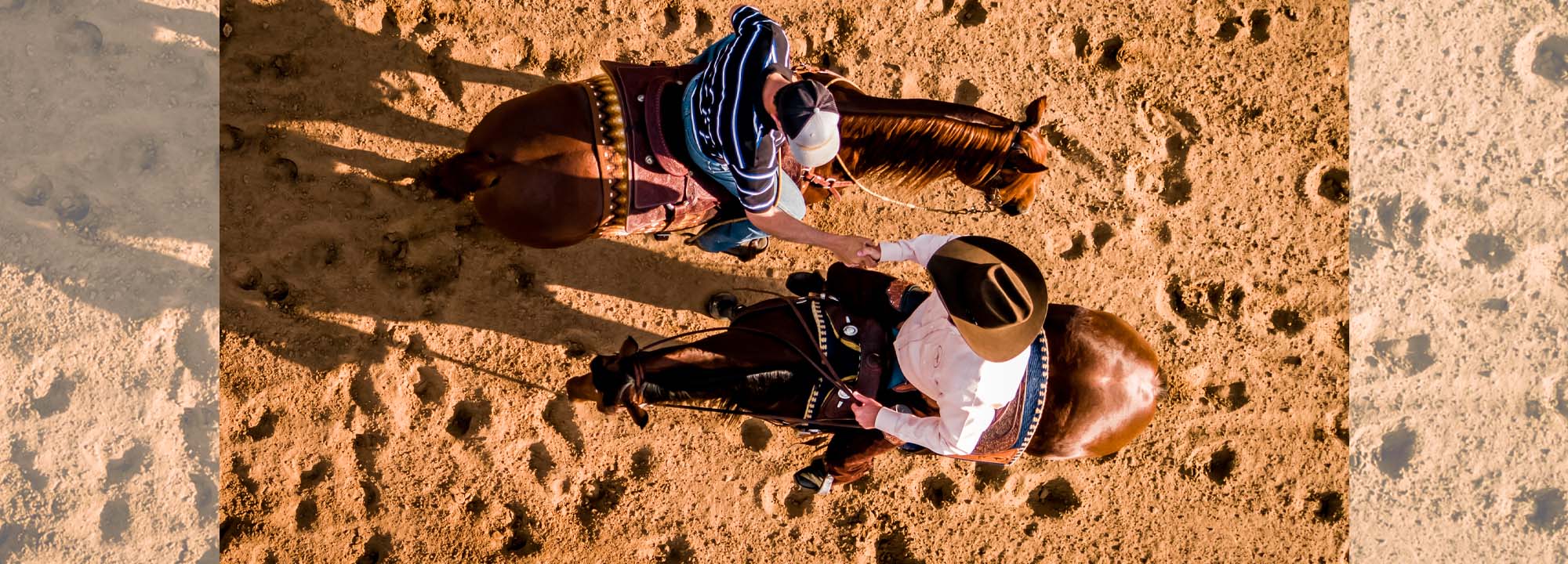There are many myths in the horse world about feeding treats. Here are a few of the most common: “If you feed your horse treats, you’ll teach him to bite you.” “Treats make a horse pushy.” “Treats are for horsemen who don’t have any skill.”
My stance on treats is that there is a time and place for them. I never use food to train a horse. I’m not going to say that you can’t use food to train a horse, but to me, when you do, the results are inconsistent. Take trying to load a horse in a trailer with grain. If a horse is truly scared of the trailer, he’ll starve himself to death before he steps in it. With that being said, I don’t have a problem with using treats as a reward for a good job or an extra try. When I give a horse treats, I follow three basic rules.
Rule #1: Treats should never be expected.
Your horse should not expect or demand being given a treat. Horses that are constantly fed treats frisk their owners and give them a good shake down every time they see them. “Where’s the treat?” is constantly on their minds. These are the horses that lip your hands and dig in your pockets—they’re like piranhas with fur.
If your horse acts this way, it’s a dead giveaway that you’re not feeding treats correctly. My rule of thumb is if a horse is looking for a treat, he doesn’t get one. It’s called a treat for a reason—it’s supposed to be something special. If you dole treats out every other minute you’re with your horse, they stop being special.
With that being said, all horses react to treats differently. Professional Clinician Shana Terry’s liberty horse Marty hardly ever got treats. Treats to him were like crack cocaine. If he got a treat, it was on his mind for five days straight. It’s all he could focus on. Marty has a very nosy, interactive, inquisitive personality.
On the complete opposite end of the scale is Diez. Diez is an intelligent horse, but he doesn’t have Marty’s natural inquisitiveness or endless energy. His idea of a great time is grazing in the pasture and cocking a hind leg. So I could theoretically give him five buckets of treats a day and he’d never go looking for one. Every time I give him a treat, it’s like a complete surprise for him.
It really comes down to the back of the hand. Your greatest strength is also your greatest weakness. The same is true with horses. The exuberance Marty has is what made him an outstanding liberty horse, but he was too playful to seriously focus on reining maneuvers and he absolutely failed at reining. It was boring to him. So you play to the strengths and avoid the weaknesses where you can. The more experienced you get, the more you’ll realize that if you can find a horse that has a natural disposition to do what you want to teach, it makes the job go so much easier and more fun for both of you.
While Marty and Diez are on opposite ends of the scale, most horses will fall somewhere in the middle. That’s when you need to pay particular attention to rules two and three, which I’ll cover in upcoming weeks.
Have a horsemanship question or looking for more training tips? Check out the No Worries Club.





